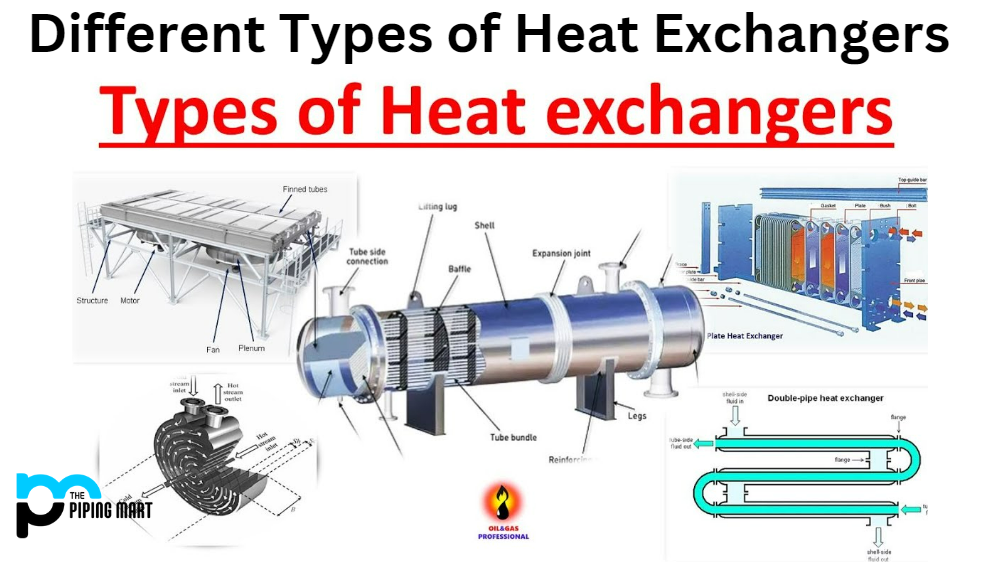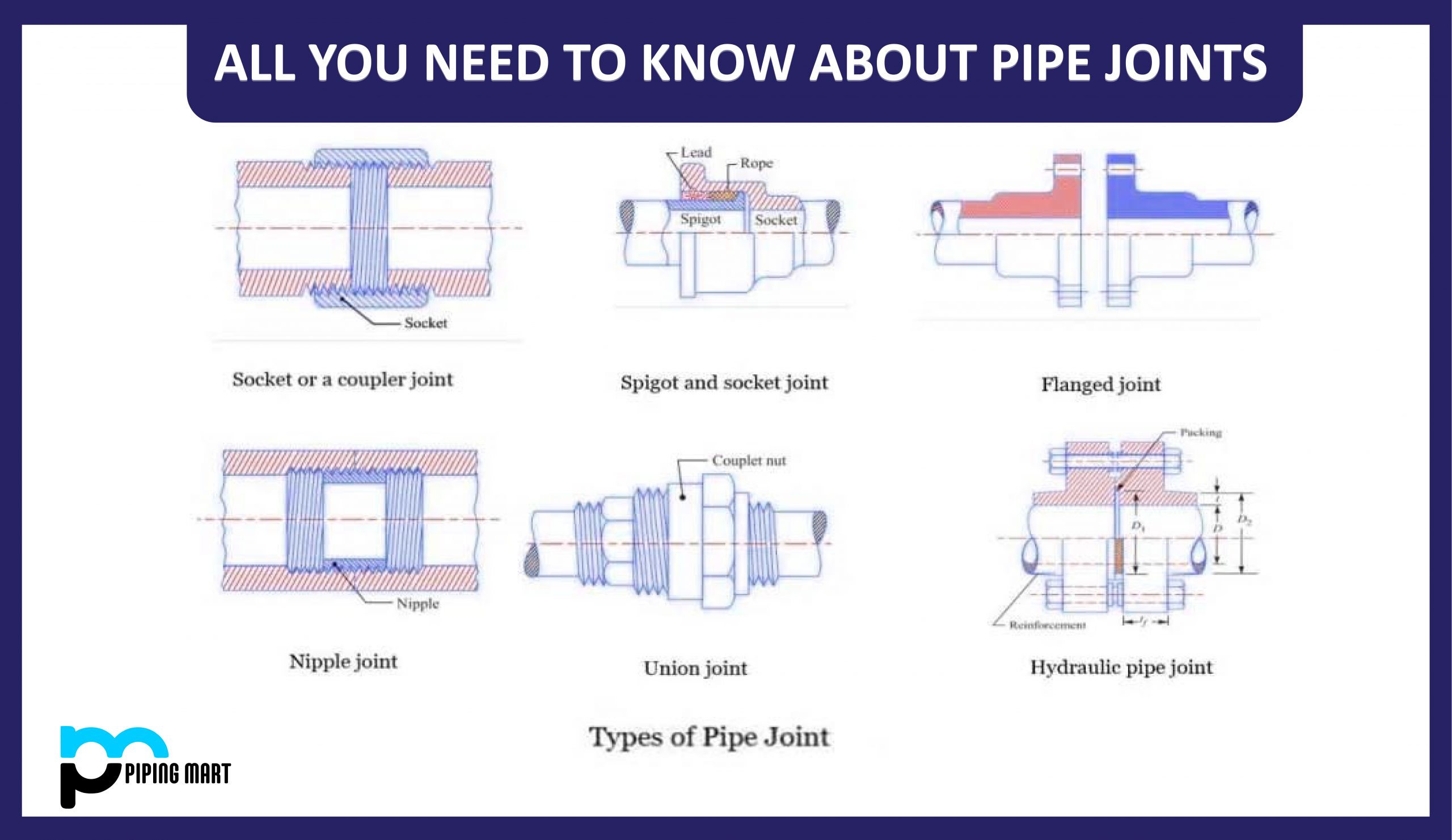Heat exchangers are an essential component of many industrial and commercial processes. They transfer heat from one fluid to another, allowing for efficient heating and cooling. The primary function of all heat exchangers is fundamentally the same; they move heat from one fluid to another. However, the different types of heat exchangers offer unique advantages, making them better suited for specific applications. In this blog post, we will closely examine the various types of heat exchangers and their applications.
Plate Heat Exchangers
Plate heat exchangers are the most commonly used type, providing a highly efficient heat transfer. This type of heat exchanger consists of a sequence of metal plates bolted together in a frame. The leaves are designed in such a way that they create flow channels for the fluids to flow through. Plate heat exchangers are ideal for applications that require a high heat transfer coefficient in a compact space, such as in HVAC systems, refrigeration, and heat recovery.
Shell and Tube Heat Exchangers
Shell and tube heat exchangers are another widely used type of heat exchanger. They consist of a shell with a bundle of tubes inside. One fluid flows through the tubes while the other flows around the lines in the body. This design allows for a large surface area for heat transfer and is suitable for high-pressure applications. Shell and tube heat exchangers are ideal for various industrial applications, such as chemical processing, power plants, and petroleum refineries.
Air Cooled Heat Exchangers
Air-cooled heat exchangers are used in applications where water is scarce or water cooling is not feasible. This heat exchanger uses ambient air to cool the fluid, making it ideal for remote areas. Air-cooled heat exchangers consist of a series of finned tubes which the fluid flows through. These heat exchangers are commonly used in the oil, gas, and power sectors.
Plate Fin Heat Exchangers
Plate fin heat exchangers consist of a series of metal plates with various layers of fins. The leaves are arranged in such a way that they create a flow channel for the fluids to flow through. Plate fin heat exchangers are suitable for applications with a high-temperature difference between the fluids. This type of heat exchanger is widely used in aircraft engines, power plants, and cryogenic air separation plants.
Regenerative Heat Exchangers
Regenerative heat exchangers are used in applications where a high-efficiency heat transfer is required. They use a rotating matrix of heat transfer material to transfer heat between the fluids. The matrix is heated and cooled alternately, transferring heat between the hot and cold liquids. Regenerative heat exchangers are commonly used in various industrial processes, including gas turbines, steel plants, and chemical processing.
Conclusion
In conclusion, heat exchangers are vital in efficiently operating many industrial and commercial processes. The different types of heat exchangers have unique advantages that make them better suited for specific applications. Choosing the correct type of heat exchanger for your particular needs is crucial. Consult a heat exchanger expert to determine which style best fits your application. By selecting a suitable heat exchanger, you can ensure optimal performance, reduce energy costs and increase efficiency.

Abhishek is a seasoned blogger and industry expert, sharing his insights and knowledge on various topics. With his research, Abhishek offers valuable insights and tips for professionals and enthusiasts. Follow him for expert advice on the latest trends and developments in the metal industry.



